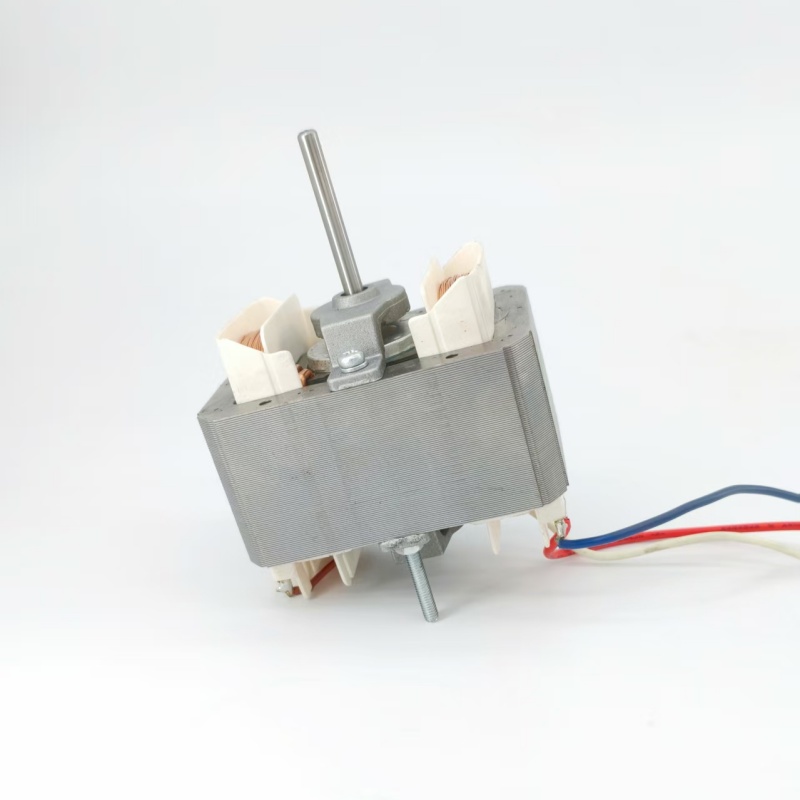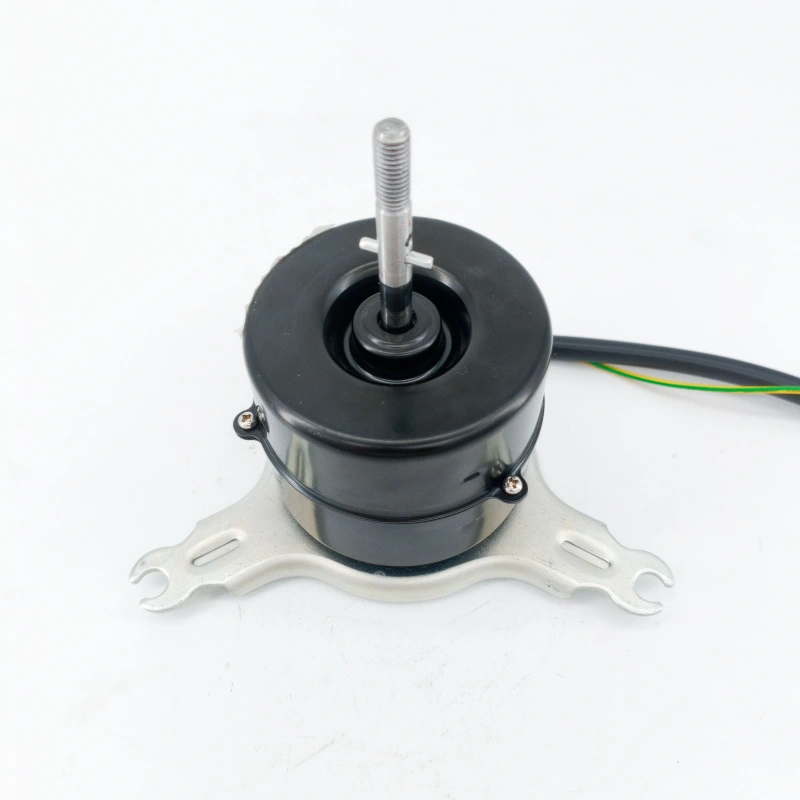In industrial production and daily electricity consumption scenarios, the energy efficiency difference of AC motors is often significant. For example, when driving the same fan, some motors consume 5 kWh of electricity per hour, while others only consume 3.5 kWh. This difference is not accidental; it is jointly determined by key factors such as the motor’s type classification, structural design, and adaptability to operating conditions. These factors directly affect the degree of loss in the conversion of electrical energy to mechanical energy, ultimately resulting in different energy efficiency levels.
From the perspective of motor types, the inherent characteristic difference between asynchronous motors and synchronous motors is the core starting point of the energy efficiency gap. The rotor of an asynchronous motor relies on electromagnetic induction to generate current for torque. During this process, part of the electrical energy is consumed due to “hysteresis loss” and “eddy current loss”. Simply put, when the magnetic field of the rotor core changes, internal currents are generated. These currents do not participate in torque output; instead, they are converted into heat and wasted. Especially for traditional low-energy-efficiency asynchronous motors, the core is mostly made of ordinary silicon steel sheets, which leads to higher hysteresis loss. In addition, the air gap between the stator and rotor (the air gap refers to the gap between the stator and the rotor) is relatively large, which easily causes magnetic field leakage and further increases energy loss. However, the rotor of a synchronous motor (such as a permanent magnet synchronous motor) is composed of permanent magnets and does not need to obtain a magnetic field through induction, which fundamentally reduces rotor loss. At the same time, the air gap between the stator and rotor of a synchronous motor is designed to be more compact, so the magnetic field utilization rate is higher. Naturally, the efficiency of converting electrical energy into torque is also higher, usually 5%-10% more efficient than ordinary asynchronous motors of the same power.
The refinement of structural design is the key to widening the energy efficiency gap among motors of the same type. Taking asynchronous motors as an example, the application of high-magnetic-induction silicon steel sheets can significantly reduce core loss. This type of silicon steel sheet has higher magnetic permeability, so fewer internal currents are generated when the magnetic field changes. Compared with ordinary silicon steel sheets, it can reduce core loss by more than 20%. In addition, the material and winding process of the winding wires also affect energy efficiency. Copper wires have better electrical conductivity than aluminum wires. Windings made of copper wires have lower resistance, resulting in lower “copper loss” (heat loss generated when current flows through the resistance) when current passes through. Moreover, the precise winding process allows the wires to be arranged more closely, reducing the gap between the wires and improving the magnetic field utilization rate. On the contrary, low-energy-efficiency motors may use aluminum wires or have rough winding processes. The copper loss alone is 15%-20% higher than that of high-energy-efficiency motors.
The adaptability of operating conditions to the motor also directly affects the actual operating energy efficiency. AC motors have a “rated operating condition” (the optimal operating state designed for the motor). If the actual load does not match the rated load, the energy efficiency will decrease significantly. For example, if an asynchronous motor with a rated power of 10 kW operates under a light load of 3 kW for a long time, a situation of “using a large horse to pull a small cart” will occur. At this time, the power factor of the motor decreases (the lower the power factor, the lower the electrical energy utilization rate), the proportion of core loss increases, and the energy efficiency may drop from 85% under the rated operating condition to below 60%. However, the speed of a synchronous motor is independent of the load (as long as it does not exceed the maximum torque). In scenarios with large load fluctuations, it can still maintain a high power factor and energy efficiency. For example, in the drive system of new energy vehicles, the permanent magnet synchronous motor can flexibly adjust its output according to the vehicle speed and road conditions. Even under low-speed and light-load conditions, the energy efficiency can be maintained above 80%, which is much higher than that of asynchronous motors in the same scenario.
In addition, whether the heat dissipation design is reasonable will also indirectly affect energy efficiency. The loss generated during the operation of the motor is converted into heat. If the heat cannot be dissipated in time, the temperature of the motor will rise, which will increase the winding resistance (the resistance of the conductor increases with the increase in temperature). This in turn increases copper loss, forming a vicious cycle of “loss – temperature rise – more loss”. High-energy-efficiency motors are usually equipped with more efficient heat dissipation structures, such as increasing the area of heat sinks, using axial fans for forced heat dissipation, and even adding water-cooling systems to high-power motors. These measures ensure that the motor always operates at an appropriate temperature and avoid energy efficiency degradation caused by overheating.
In summary, the energy efficiency difference of AC motors is jointly determined by “type characteristics + structural design + operating condition adaptability + heat dissipation capacity”. Synchronous motors have inherent advantages due to no rotor induction loss. The refined design of high-magnetic-induction silicon steel sheets and copper windings reduces core loss. The adaptability to operating conditions avoids energy efficiency waste caused by load mismatch. Reasonable heat dissipation prevents the vicious cycle of loss. Understanding these factors can not only help enterprises select more energy-efficient motors but also point out the optimization direction of “reducing loss and improving adaptability” for motor research and development.




